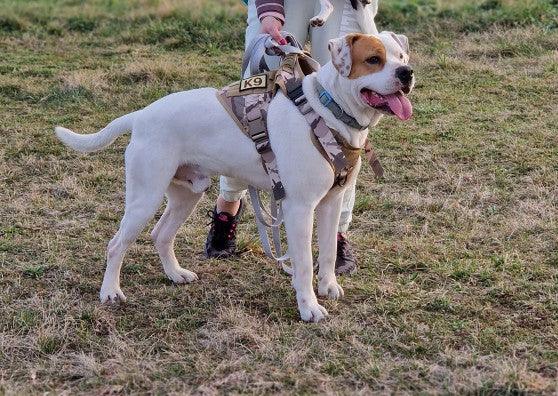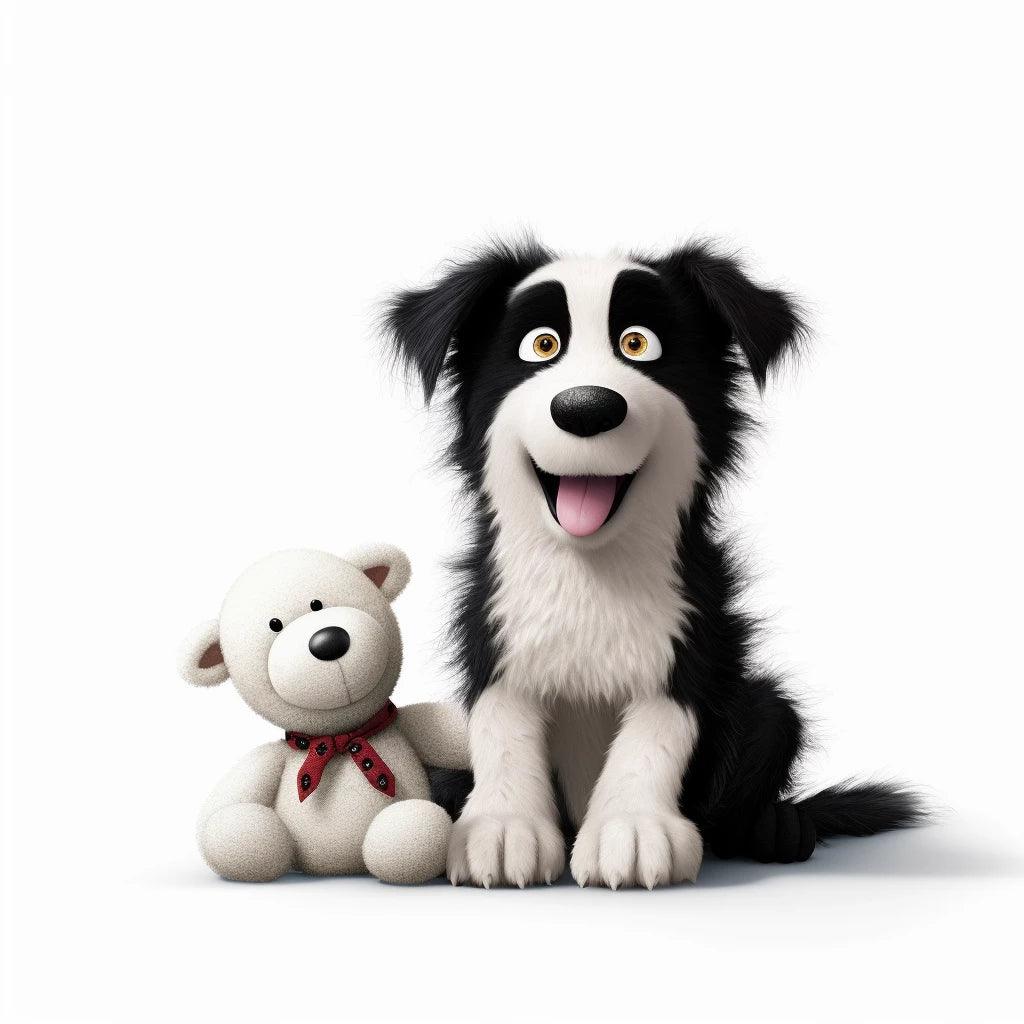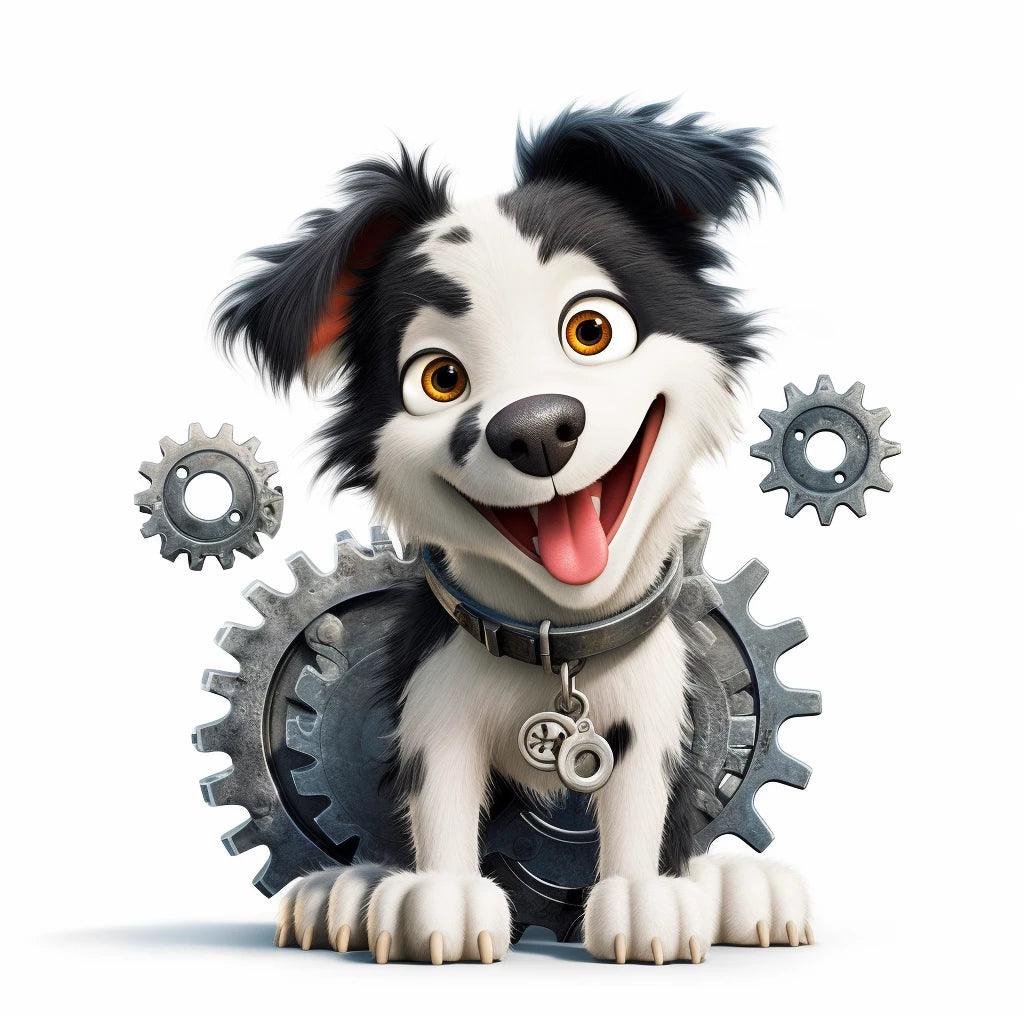
Why does my dog pull when I walk him?
Share
Why does my dog pull on a leash?
When you're walking your dog and he's constantly pulling on his leash, it can be frustrating and tiring. Several reasons can explain this behavior.
Common reasons:
- Your dog is excited: He may be super excited about getting outside and experiencing new environments. This causes him to pull on his leash.
- Lack of socialization: A dog that has not been properly socialized may be overly curious and want to explore everything around him by pulling on his leash.
- Lack of training: If your dog hasn't been trained to walk properly on a leash, he may simply not know how to behave.
How to fix this behavior:
- Training: Spend time training your dog to walk properly on a leash. Reward him when he walks calmly alongside you.
- Use a no-pull harness: A no-pull harness can help deter your dog from pulling by applying gentle pressure when he pulls too hard.
- See a professional: If the behavior persists despite your efforts, consult a dog trainer for help.
By understanding why your dog pulls on leash and taking steps to correct this behavior, you can enjoy more enjoyable walks together.
FAQs on Leash Pulling Behavior in Dogs
Q1: Why does my dog pull harder when he sees other dogs or animals while walking?
Answer: Dogs may shoot in the presence of other dogs or animals due to their hunting instinct or desire for social interaction. It can also be due to excitement or anxiety. Working on socialization and recall training can help manage this behavior.
Q2: Are there dog breeds more likely to pull on leash than others?
Answer: Some breeds, especially those with strong hunting instincts or lots of energy, such as Siberian huskies or border collies, may be more prone to pulling on a leash. However, with proper training, all dogs can learn to walk calmly on a leash.
Q3: How do I know if my dog's pulling behavior is due to anxiety or excitement?
Answer: Anxiety may manifest as signs of stress such as panting, lip licking, or avoidance, while excitement may be accompanied by jumping or happy barking. Observing your dog's body language can help you determine the cause of his behavior.
Q4: Can using a no-pull harness solve all leash pulling problems?
Answer: A no-pull harness can greatly reduce pulling behavior by distributing pressure more evenly across the dog's body. However, it should be used in conjunction with behavioral training to achieve the best results.
Q5: At what age should I start training my puppy not to pull on a leash?
Answer: Leash walking training can begin as soon as you welcome your puppy into your home. Starting young makes learning easier and helps prevent the development of unwanted behaviors.
Q6: My dog is old and has always pulled on a leash. Is it too late to change this behavior?
Answer: It's never too late to teach a dog new behaviors, although it may require more patience and consistency with an older dog. Taking a positive approach and using the right tools, such as a anti-pull harness, can be beneficial.
Q7: Are treats effective in rewarding my dog for not pulling on leash?
Answer: Yes, rewards such as treats can be very effective in positively reinforcing desired behavior. Be sure to use them wisely to immediately reward your dog when he walks calmly alongside you.
Q8: How can I strengthen the bond with my dog to improve his leash behavior?
Answer: Spending quality time with your dog, doing activities together, and working on obedience exercises regularly strengthens your bond and improves communication, which can help reduce unwanted leash behavior.






